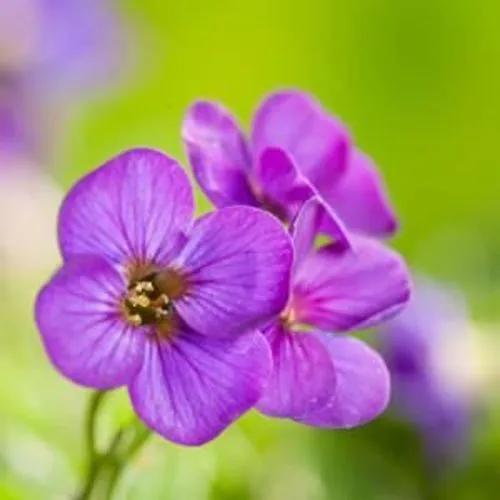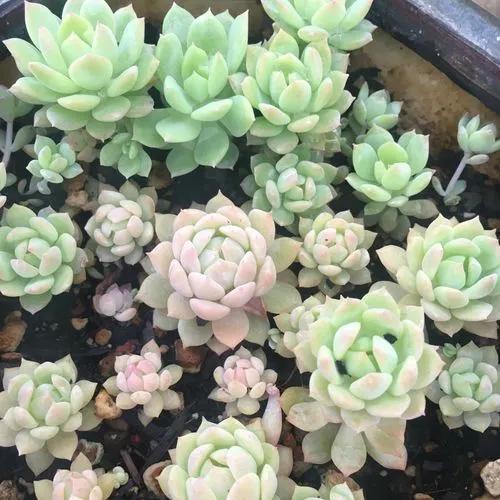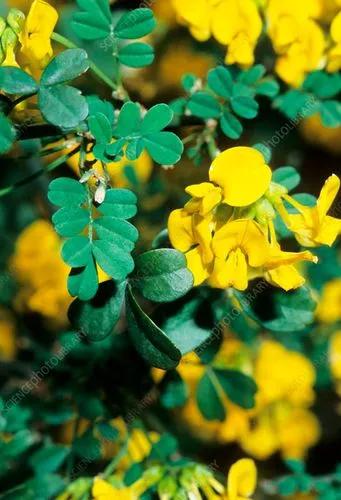European Gorse is an attractive and resilient plant that would be an excellent addition to any garden. It is a fantastic option for hedging and provides unique nectar for bees and butterflies. Choose the appropriate container, soil, and watering needs to ensure the health of your Gorse.
European gorse Care
Ulex europaeus



The native range of European Gorse (Ulex europaeus) includes the British Isles. It is also known as Furze, Whin, and Common Gorse.
Ulex europaeus is the Latin name for European Gorse. It belongs to the Fabaceae family, commonly known as the pea or legume family.
Look for a 10 ft (3 m) tall, prickly, green shrub to identify Furze. This plant has small, yellow flowers that bloom year-round but are most abundant in the spring. Thorns cover the stems, and the leaves are small and scale-like.
European Gorse is an excellent choice for low-maintenance landscaping.
How to Care for the Plant

Water

This plant is drought-tolerant, so make sure to give it a drink only when the top inch (3 cm) of soil feels completely dry to the touch. Moist the ground once every 1-2 weeks.

Pruning

Pruning helps to keep the Gorse's shape and promote bushier growth. Trim off your plant in late winter or early spring with a clean, sharp blade. Don't forget to remove any damaged leaves and spent blooms.

Fertilizer

This plant doesn't require extra feeding. However, if you'd like to give it a boost, apply balanced 10-10-10 NPK fertilizer in early spring, just before new growth begins, and again in late summer or early fall after the plant has finished flowering.

Sunlight

This flowering greenie feels best in full sun to partial shade locations. Make sure it receives at least 4 hours of direct sunlight per day, as this plant won't bloom in a completely shady place.

Soil

Well-draining, slightly-acidic potting mix would be the most comfortable for Gorse. The ideal soil pH level should be between 5.5 and 7.5, and avoid using any fertilizer with high salt content.

Propagation

It's best to propagate Whin from seed or stem cuttings. Sow the seeds in the fall and stratify them for up to three months before planting. As for stem cuttings, take them in summer and keep them in a moist warm environment until they root.

Temperature

Temperature-wise, European Gorse is hardy in USDA zones 4-8. It can withstand temperatures as low as -25°F (-31°C) but does not thrive in scorching environments. It thrives in climates with cool summers and mild winters.

Container

Furze feels best in a large enough container that can accumulate the plant's roots. Pick a 12-inch (30 cm) wide and deep pot with drainage holes to allow access water to drain.

Fun fact

European Gorse is an essential source of nectar for bees and butterflies. It is also a popular hedge plant because its sharp spines make it difficult for animals to pass through.

Popularity

363 people already have this plant 77 people have added this plant to their wishlists
Discover more plants with the list below
Popular articles






